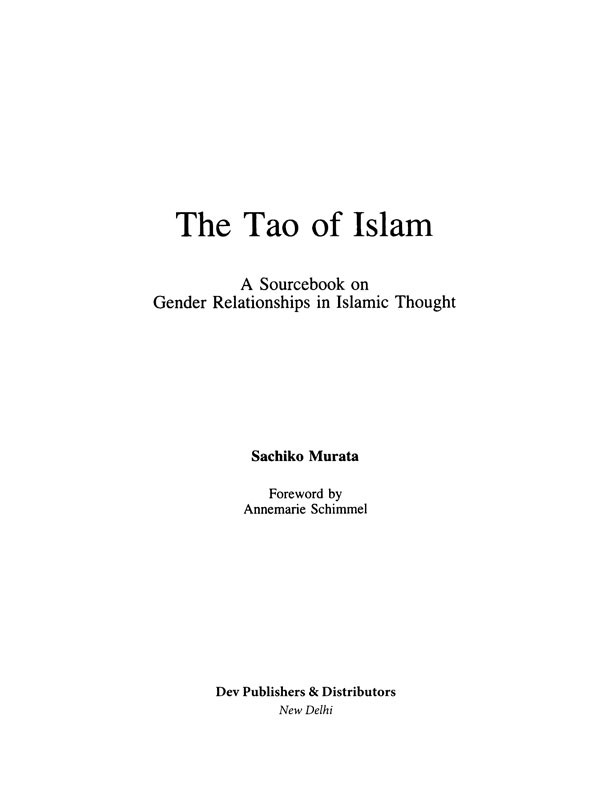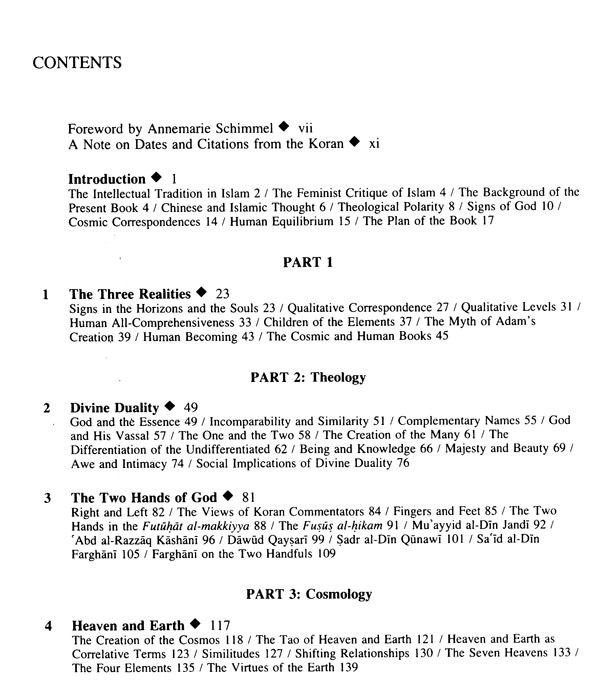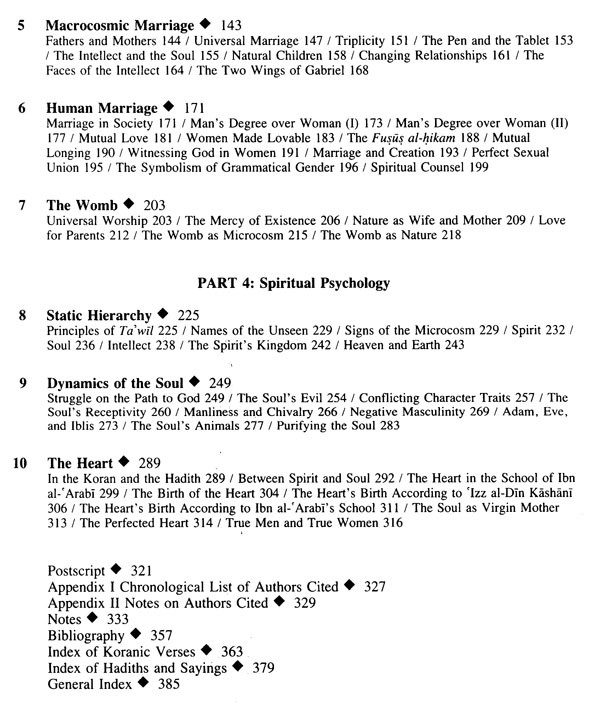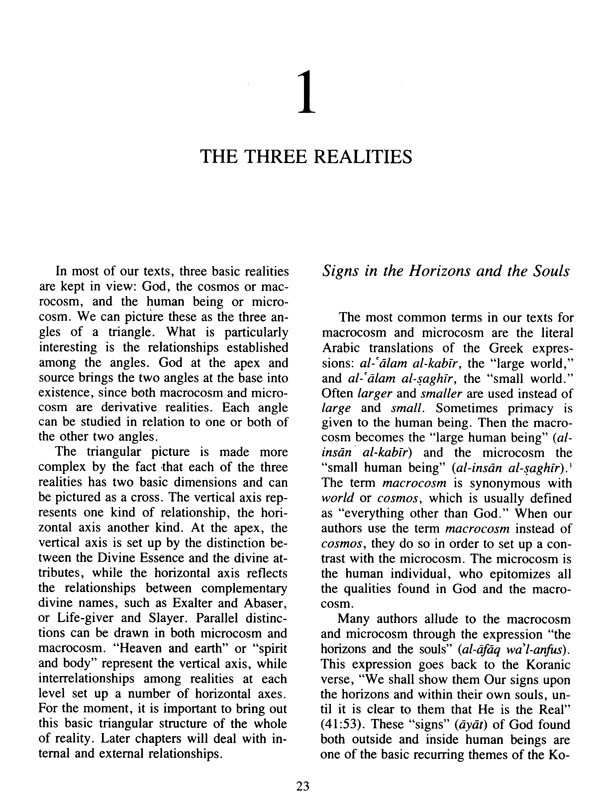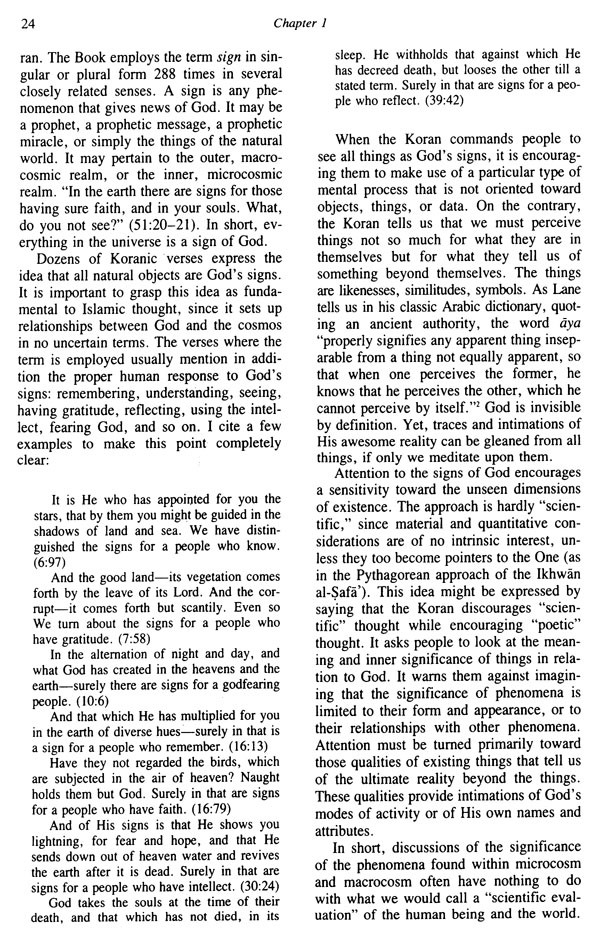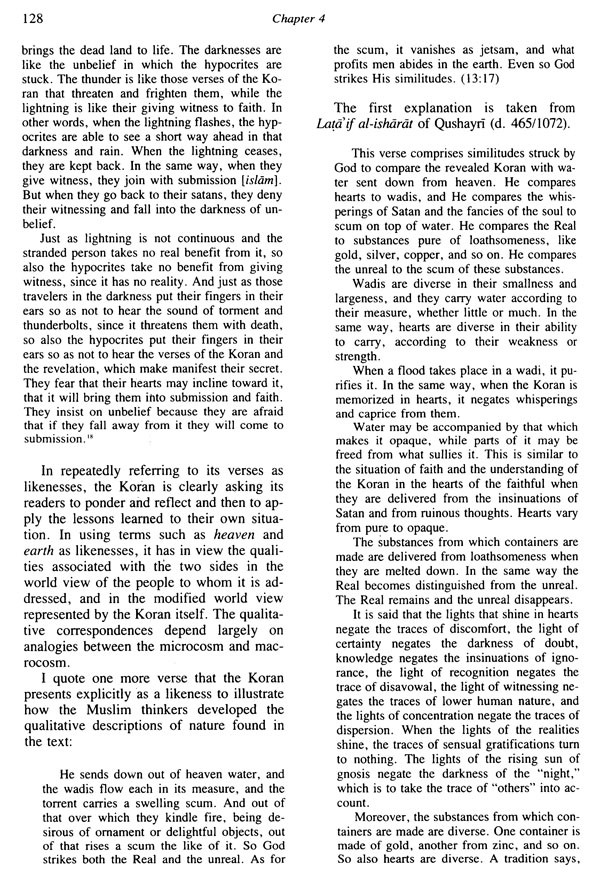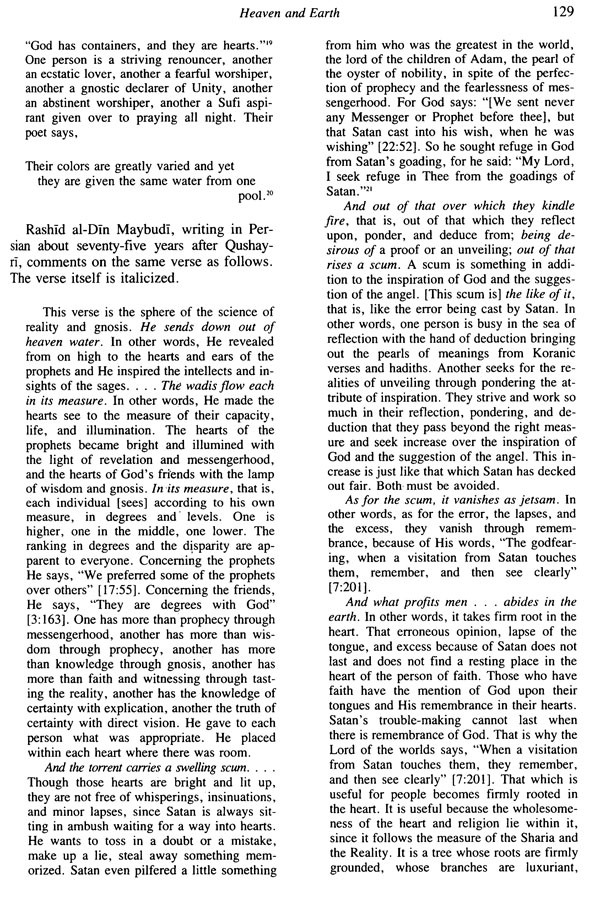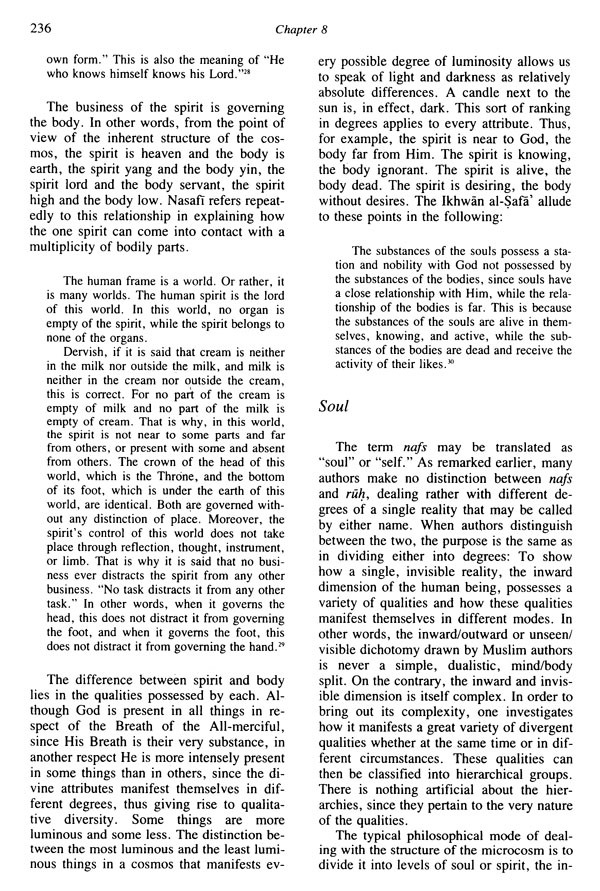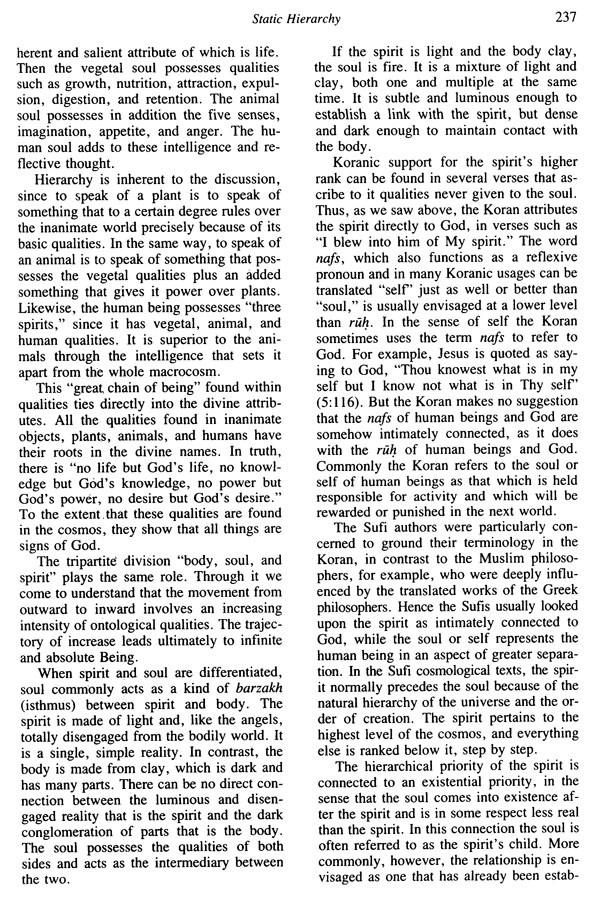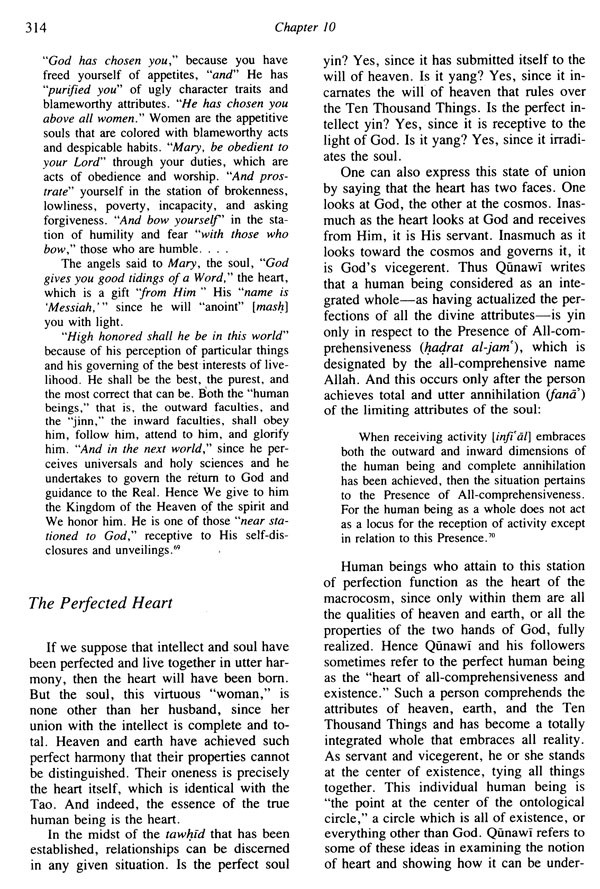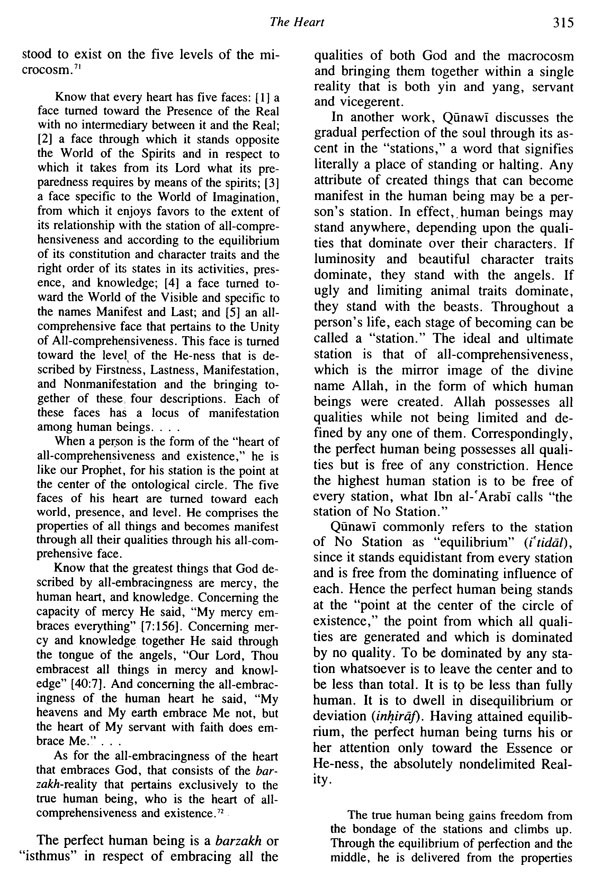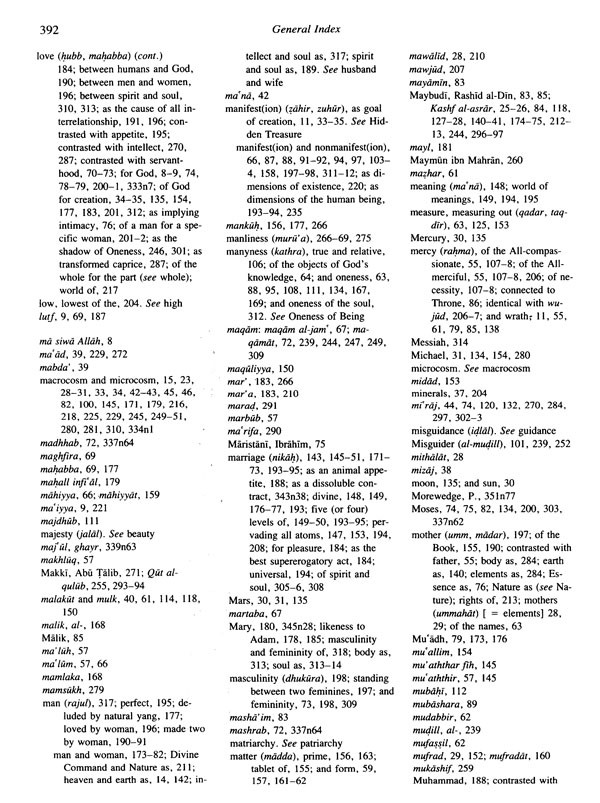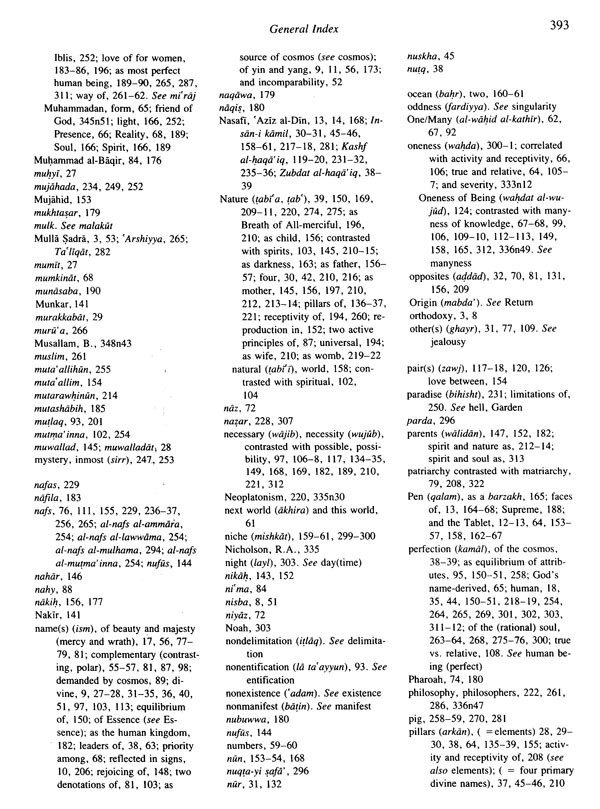
The Tao of Islam- A Sourcebook on Gender Relationships in Islamic Thought
Book Specification
| Item Code: | UAQ014 |
| Author: | Sachiko Murata |
| Publisher: | Dev Publishers and Distributors |
| Language: | English |
| Edition: | 2018 |
| ISBN: | 9789387496040 |
| Pages: | 406 |
| Cover: | PAPERBACK |
| Other Details | 9.50 X 7.00 inch |
| Weight | 660 gm |
Book Description
It clearly, competently, and comprehensively describes the worldview implicit in the medieval Islamic wisdom tradition represented by Sufism and Shi'i philosophy, par ticularly the way that gender concepts are implicit in their cosmology and psychology, and can be related to the Taoist concepts of yin and yang The author's critique of feminism and modern reformism on this basis is penetrating"-Valerie Hoffman-Ladd. University of Illinois The Tao of Islam is a rich and diverse anthology of Islamic teachings on the nature of the relationships between God and the world, the world and the human being, and the human being and God. Focusing on gender symbolism. Sachiko Murata shows that Muslim au thors frequently analyze the divine reality and its connections with the cosmic and human domains with a view toward a complementarity or polanty of principles that is analogous to the Chinese idea of yinyang.
Murata believes that the unity of Islamic thought is found, not so much in the ideas dis cussed, as in the types of relationships that are set up among realities. She pays particular attention to the views of various figures commonly known as Sufis" and "philosophers." since they approach these topics with a flexibility and subtlety not found in other schools of thought. She translates several hundred pages, most for the first time from more than thirty important Muslims including the Ikhwan al-Safa, Avicenna, and Ibn al-Arabi
Another topic that frequently came up during the discussions Rome was the role the feminine element the various reli gious traditions. Here again, the inherited way of studying women's roles from an "external" viewpoint was considered impor tant. But other interpretations, like the "spiritual role the feminine" the his tory of religions, were also mentioned aspects which my late teacher and friend Professor Friedrich Heiler in Marburg dis cussed decades ago his classes. was he who liked to quote-with certain sad ness-the remark of the German Indologist Moriz Winternitz: "Women have always been best friends religion, but religion has generally not been friend of women" The truth of Wintemnitz's statement becomes particularly evident when comes to the study Islam and women's position in Islam. Islam has barely been studied from the phenomenological viewpoint order integrate its structures into the structures of other religions. Not single book the phenomenology of religion deals with lam, which generally considered be an interesting and uninspiring and to be, at best, perfect example a "legalist" reli goon. is certainly much easier look only the surface and judge that the possibility polygamy and easy divorce are negative features and point constantly the con kept of pariah (although the overstressed application veiling developed only after certain period) than to try to see the more positive sides of Islam. Medieval Western remarks, according to which women have no soul in Islam, were happily taken over by scholars and even more by the general public. Very few scholars have tried to look beneath the surface and to discover struck tares that would surprise those who have been brought up with the traditional, mega tive attitude toward Islam.
The ultimate problem, when we speak of cross-cultural differences in the question of relationships among men and women, is that in a very real sense we have been living in different worlds. The cultural presuppose tions of Westerners about what is important in life are profoundly different from the tar additional views of Muslims or Japanese. This does not mean that we have to remain silent if we see injustice in another world, but it does mean that we should ask ourselves if our cultural spectacles allow us to see cur erectly. It also means that we should ask ourselves, granted that we are seeing correctly. if our analysis of the causes of the injustice is accurate. Comparable social conditions in our own society, with its specific world view, may call for one solution, and in another society they may call for a different solution.
I offer no answers as to whether or not Muslim women are any more oppressed than women elsewhere. What I do maintain, however, is that generally the role of women in traditional Islam-not in any given Islamic society today-is consistent with the Islamic worldview. In the countries today where Islam is the dominant religion, the situation may be very different.
**Contents and Sample Pages**
